When customers or dental professionals encounter chip overheating inside powered oral care devices and simultaneously observe cavity acceleration, the combination can seem puzzling—even coincidental. However, these issues may share more common ground than many manufacturers realize. Understanding how electronic thermal failures can indirectly impact oral health is essential for brands determined to deliver reliable, safe, and scientifically validated products.
Below, we examine why chip overheating matters, how it could contribute to faster cavity formation, and what preventive measures B2B suppliers should adopt to protect their customers.
Chip overheating typically originates from:
As the chip heats up, surrounding components—including those that regulate dosing of gels, water flow, or vibration speed—can also lose accuracy.
At first glance, it seems unlikely that a tiny overheating chip could have any connection to cavity acceleration. However, the link emerges through indirect pathways:
Over weeks or months of daily use, these small inefficiencies can combine to accelerate cavity development. Company web: https://www.powsmart.com/product/electric-toothbrush/
Overlooking chip overheating carries serious consequences:
For B2B suppliers, proactive design and monitoring are essential to protect market share and reputation.
Manufacturers can significantly reduce chip overheating risk with the following strategies:
These measures not only protect the electronics but also help maintain consistent performance critical to oral hygiene.
When a distributor or clinic reports cavity acceleration in users and suspects a link to chip overheating, manufacturers should:
Quick, clear support demonstrates professionalism and helps retain long-term B2B relationships.
As dental devices become more advanced, with smart sensors and higher power densities, overheating will remain a risk factor. Forward-thinking brands can:
These steps not only reduce warranty issues but also deliver a superior end-user experience.
While chip overheating and cavity acceleration may seem unrelated, the connection becomes clear when viewed through the lens of degraded performance and incomplete cleaning. By prioritizing robust thermal engineering and responsive support, manufacturers can prevent small defects from growing into major health risks—and demonstrate their commitment to both innovation and safety.
If your teams are developing or refining powered dental products, our engineering specialists are ready to help you optimize thermal resilience and protect your brand’s reputation. Contact us
.jpg)
.jpg)
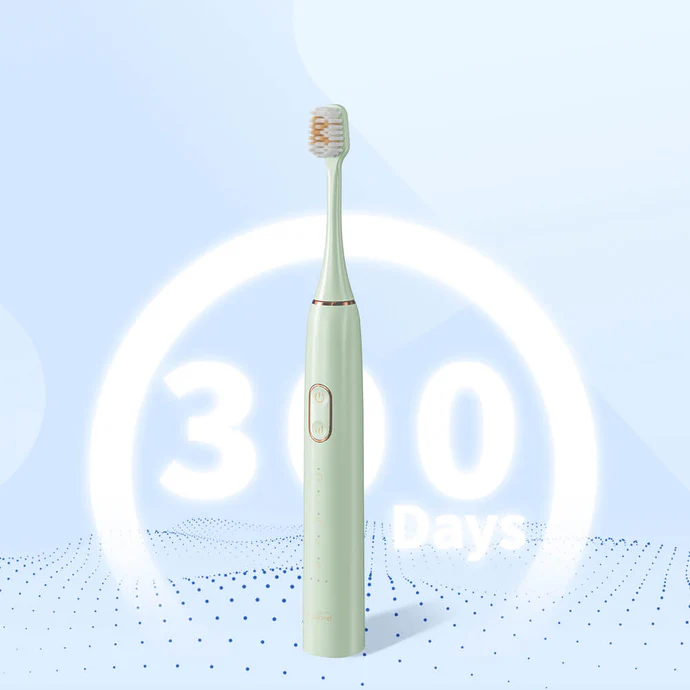
No Wonder Your Electric Toothbrush Burned Out When Charged Like This!
.jpg)
Gentle Sonic Vibrations Electric Toothbrush for Sensitive Teeth
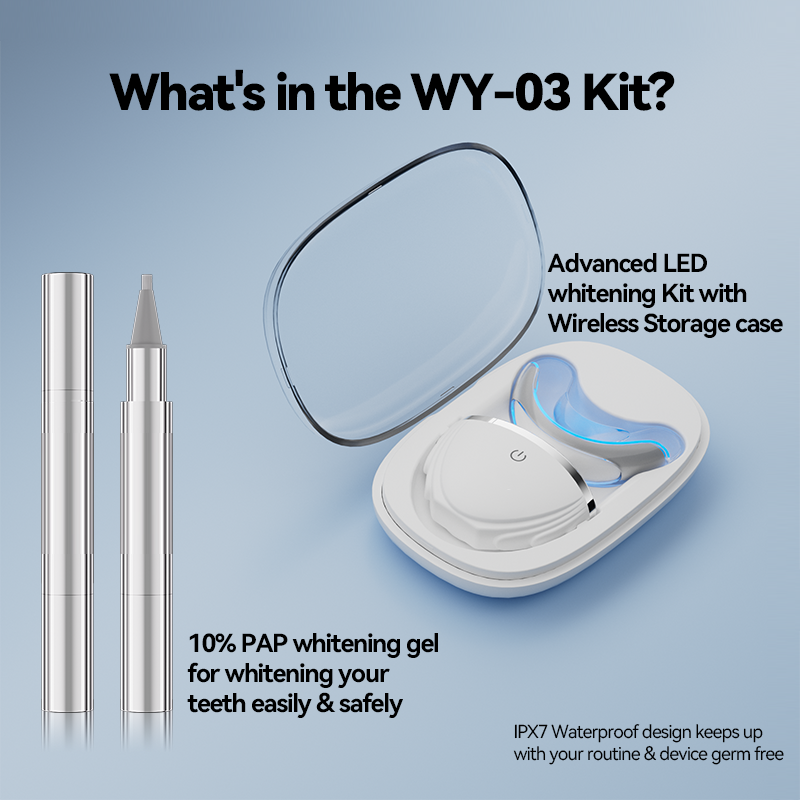
How Wireless Tech is Revolutionizing Oral Care Devices
Enamel Scratching from Gum Irritation – Reversible?

Clinical Results: Effectiveness of Home Teeth Whitening Device results
Vibration Decay with Timer Malfunction – Time to Retire?
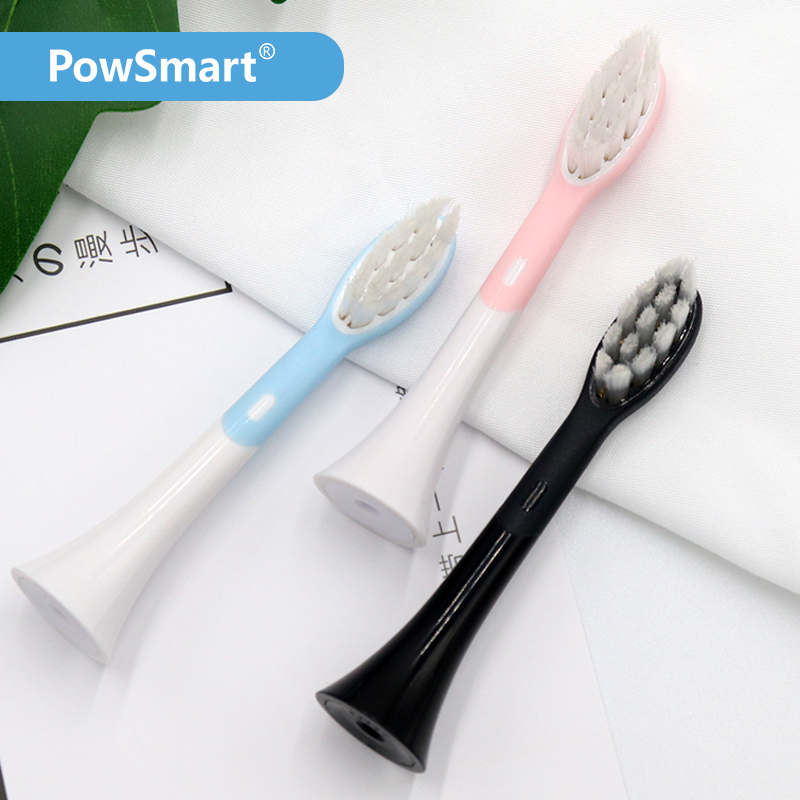
The Brush Head Was Shedding Bristles While Brushing My Teeth
.jpg)
Sustainable Electric Toothbrush Production – Eco-Friendly Materials
.jpg)
Water Flosser competitive Features That Cause Premium Pricing: What Brands Should Look For in Manufacturing

Orthodontic Electric Toothbrush for Braces – Deep Cleaning Bristle Design
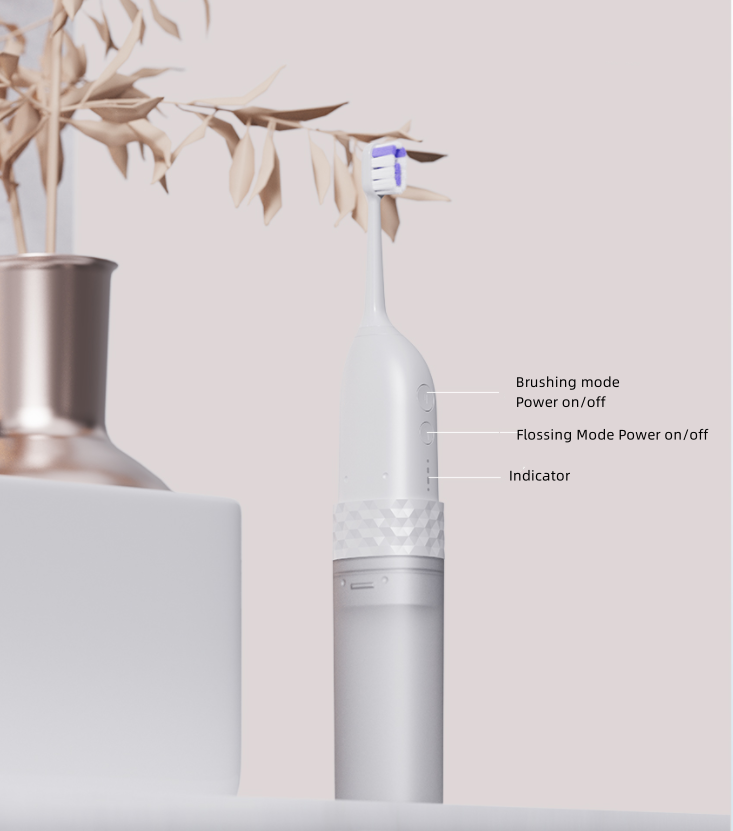
Electric Toothbrush for Dentists & Clinics – Custom Branding Options
Seal Degradation Leading Bacterial Regrowth – Preventable?
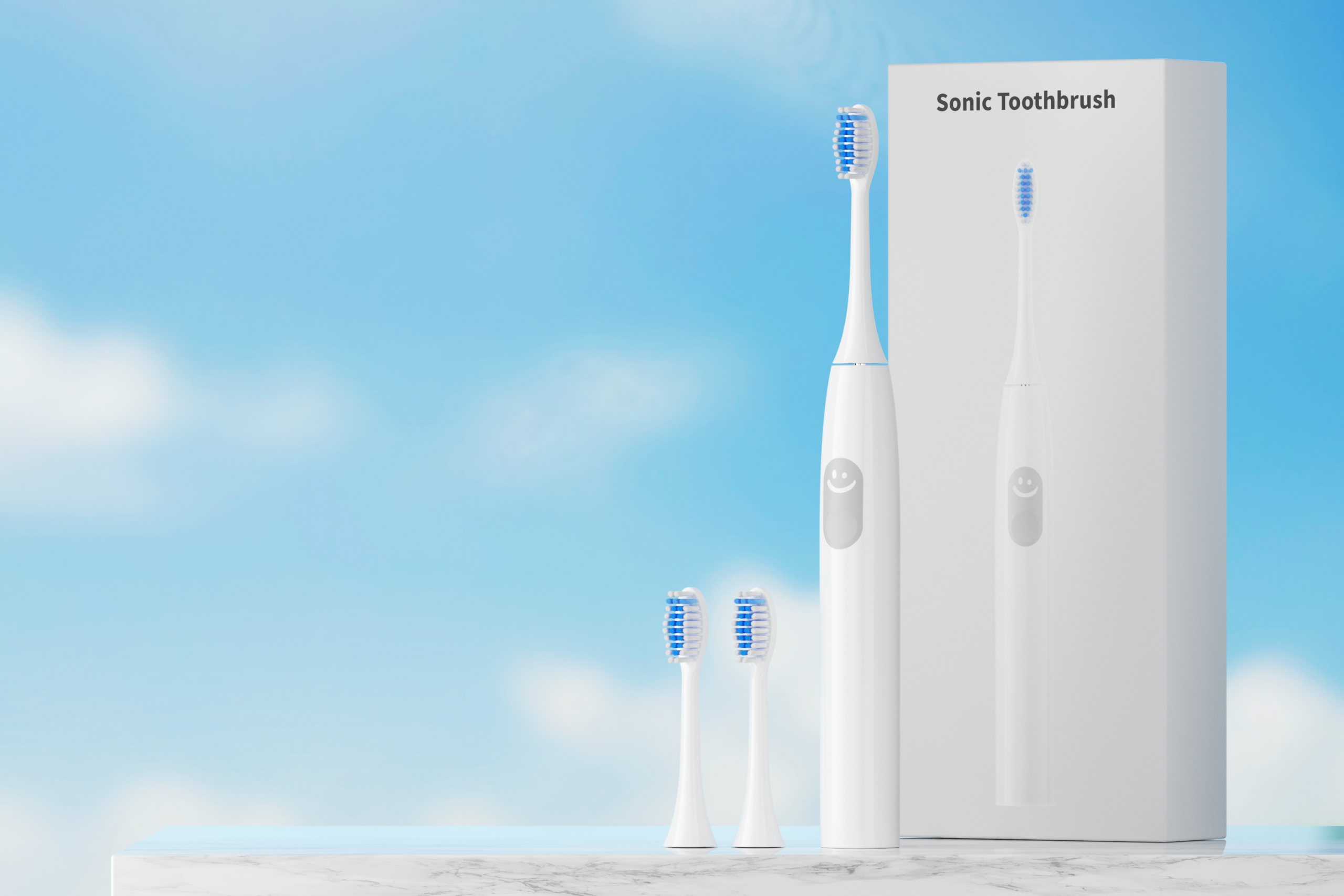
Foldable Design & USB Charging Travel Electric Toothbrush OEM
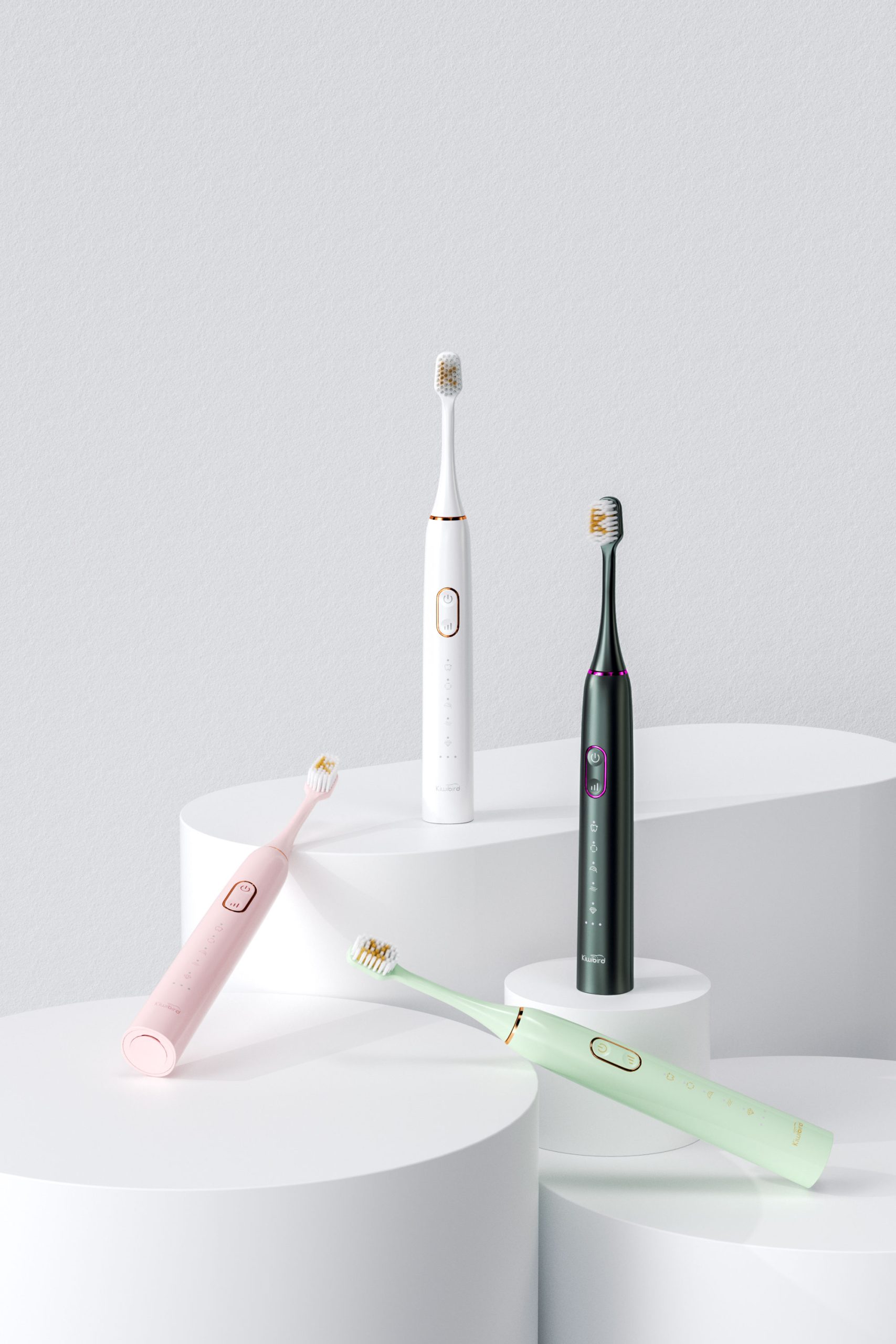
Is Whitening Possible for Sensitive Teeth?
-2-scaled.png)
Clinical Validation of Modern Teeth Whitening Technologies: A Guide for Oral Care Product Brands
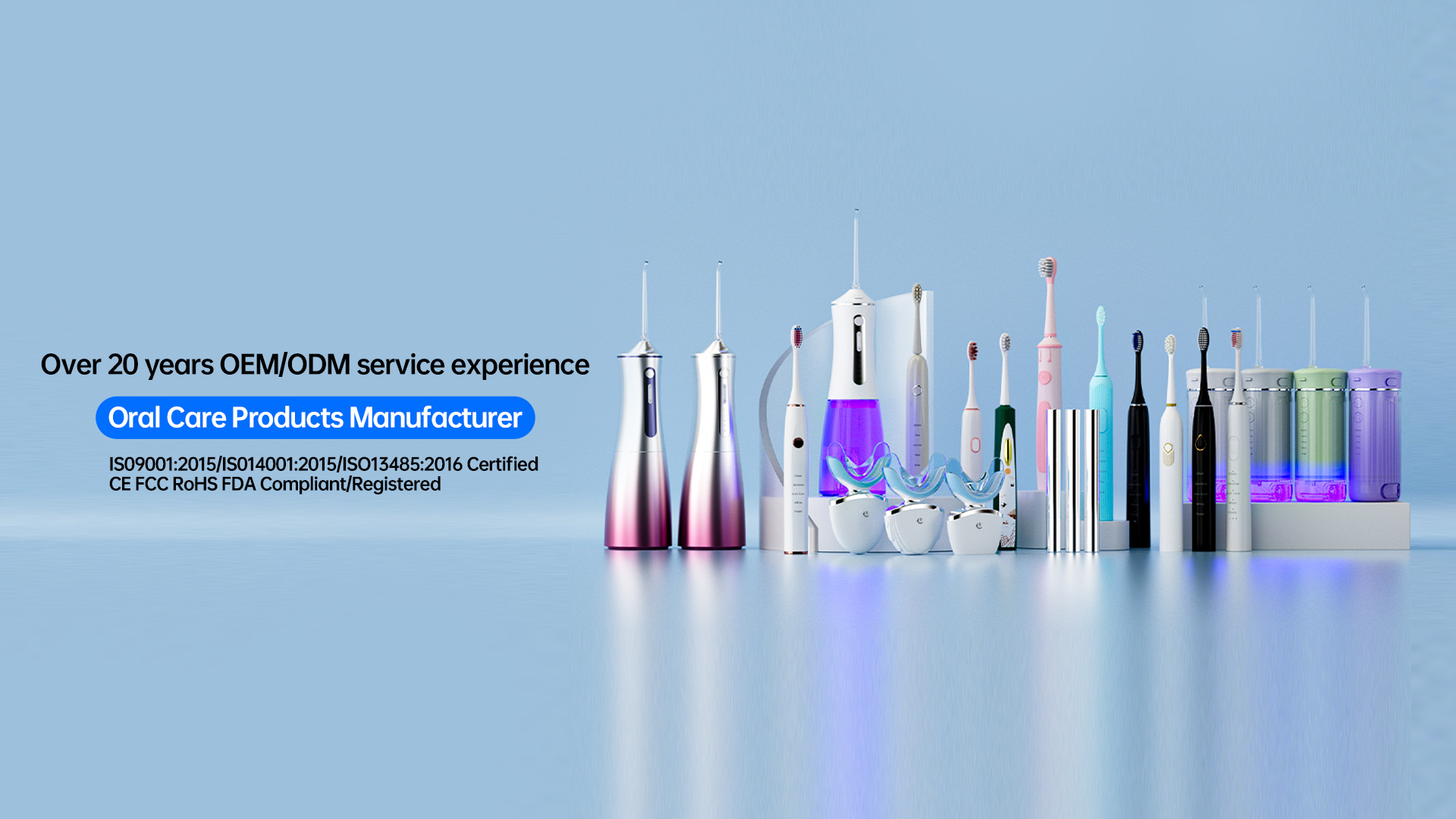
Building Winning Oral Care Brands in Competitive Markets

electric toothbrush heads Deep Clean

electric toothbrush heads Ultra Soft

Customization Teeth Whitening Gel
.jpg)
Florida Electric Toothbrush – Powsmart PTR-C8

Electric toothbrush heads Charcoal Infused-Diamond

electric toothbrush heads Regular Clean

Private Label Whitening Gel

electric toothbrush heads Charcoal Infuse-Round
whstapp
whstapp
National Toll-Free Service Hotline
+86 755 86238638